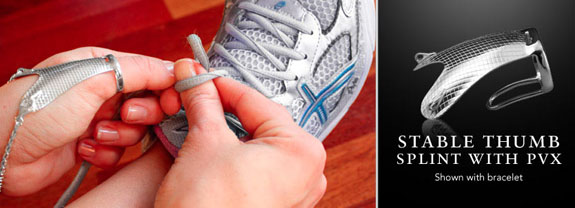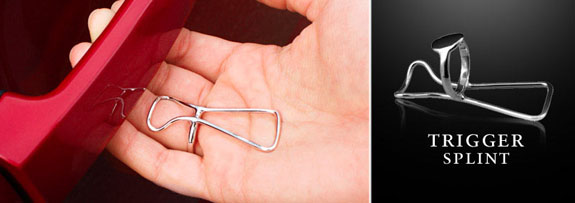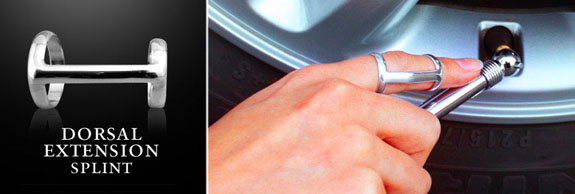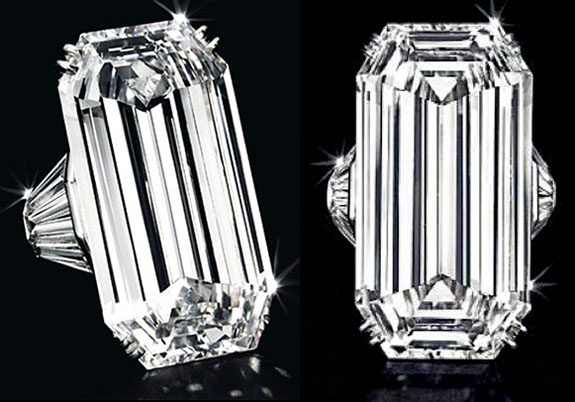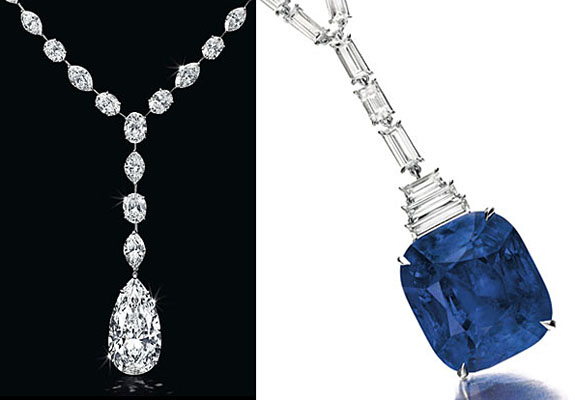Welcome to Music Friday when we bring you super songs with jewelry, gemstones or precious metals in the lyrics or title. Today we feature British alternative rock band Coldplay performing “The Goldrush,” a nifty little song that is teeming with references to gold mining, precious metals and a ring.
Reminiscent of the famously spontaneous Beatles studio sessions, “The Goldrush” features Coldplay drummer Will Champion taking over lead vocals as his band mates can be heard chatting in the background before joining in the song. Champion sings, “I went digging for gold, down to the valley, over by the mountain, where the prospector had been told."
“The Goldrush” had been written for Coldplay’s fourth studio album, but didn’t make the cut because is was so unlike the other songs in the album.
Then the band’s frontman, Chris Martin, floated the idea that “The Goldrush” could be offered exclusively to concert ticket holders. In this way, their most devoted fans would be the only ones to know the song. That idea never came to fruition.
Instead, “The Goldrush” ended up on the B-side of the Grammy-nominated “Life in Technicolor ii” single, which was released in 2009.
Formed by Martin in 1996 under the name Pectoralz, the band would change its name to Coldplay in 1998. Since its inception, the band has sold more than 60 million records worldwide and has earned numerous awards, including seven Grammy Awards.
We welcome you to sing along as you listen to the fun studio session of Coldplay performing “The Goldrush.” Click on the YouTube box as the end of this post.
“The Goldrush”
Written and performed by Coldplay.
I went digging for gold
I went down to the valley
Over by the mountain
Where the prospector had been told
I'm marching through the cold
We're marching through the cold
I went digging for gold
I went down with my brother
A bucket and a shovel
And a book about the color of coal
I'm marching through the cold
We're marching through the cold
There's a tiny little crackle on the telephone line
Saying what use is the metal if the metal don't shine?
She said bring me back a ring 'cause I really want one
Now I been digging so long that I never see the sun
I went digging for gold
I went down to the valley
Over by the mountain
Where the prospector had been told
I'm marching through the cold
We're marching through the cold
There's a tiny little crackle on the telephone line
Saying what use is the metal if the metal don't shine?
She said bring me back a ring 'cause I really want one
Now I been digging so long that I never see the sun
Now I been digging so long that I never see the sun
Now I been digging so long that I never see the sun


